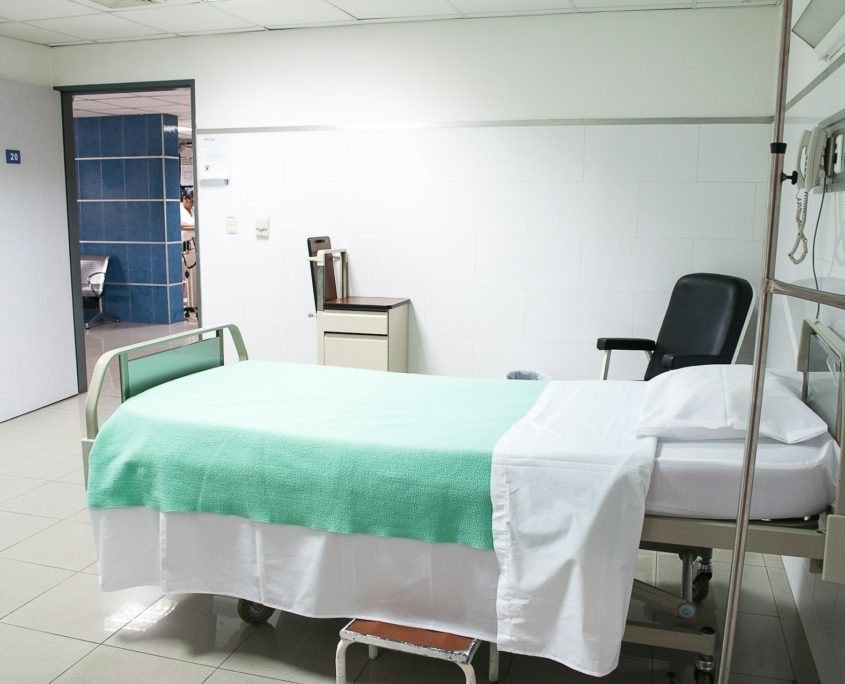Health Care in Colombia: Improving Accessibility
 The nation of Colombia operates a mixed public-private health care system that boasts a 95% coverage rate for its population of nearly 52 million in 2023. Despite this metric, the country’s vastly varying topography across the Amazonian rainforest, mountainous and coastal regions presents a significant challenge in access to care for the 18% of the population living in these areas. Health care accessibility in Colombia remains a critical issue to address.
The nation of Colombia operates a mixed public-private health care system that boasts a 95% coverage rate for its population of nearly 52 million in 2023. Despite this metric, the country’s vastly varying topography across the Amazonian rainforest, mountainous and coastal regions presents a significant challenge in access to care for the 18% of the population living in these areas. Health care accessibility in Colombia remains a critical issue to address.
There are also only 2.4 doctors per 1000 residents with a larger concentration in urban areas. The widespread health care coverage applies to a core set of services. However, some required out-of-pocket expenses still present a barrier to the 37% of the population living in poverty in both rural and urban areas.
Addressing this inequity demands infrastructure improvements, technological advancements and investment. Fortunately, thanks to efforts from emerging health care technology companies and humanitarian aid organizations, Colombia is making progress in enhancing health care accessibility.
Health Care Technology Companies
Colombia has seen a rise in health care technology startups with $39.4 million being invested in the “health tech” sector according to a 2022-2023 technology report. This investment was spread across 93 startups that aim to increase access to hospitals, specialized services and medical records.
Salvva, initially known as TuMedico and founded in 2021 as a spinoff of the leading Colombian health tech company SaludTools, leads the way in connecting patients with health care providers. This company aims to link low-income patients with health care providers through an easy-to-use and affordable app that simplifies the process of diagnosis and treatment. It became a finalist in the MIT Solve program in 2022 after connecting more than 7,000 residents with providers through top-tier telemedicine. To date, its website reports more than 24,000 consultations with health care companies and providers.
Another pioneering woman in health tech founded Yo Puedo Sentirme Bien, a tele-mental health platform for students in Colombia. From 2021 to 2023, the platform engaged 2,730 students at no cost to their respective universities. Although still in its infancy and primarily serving the academic community, this initiative marks a significant step toward addressing underserved health issues within underserved populations.
Humanitarian Aid Organizations
In addition to technology solutions improving health care accessibility in Colombia, there have been major humanitarian aid projects addressing infrastructure challenges and driving improvement in rural communities specifically.
World Bank
One of the biggest challenges in accessibility is the sheer distance that must be traveled to facilities. According to an analysis from the World Bank, 10.6 million people need to travel more than 60 minutes for essential health care services. Rudimentary road systems mean that many isolated regions are more effectively traveled by water transportation, but those trips can cost patients up to 11% of their monthly wage.
The World Bank has partnered with the Government of Colombia on multiple initiatives to address travel issues. Todos Somos PAZcífico is improving dock infrastructure in the Pacific region to increase mobility for these populations. The organizations are working directly with local communities in their implementation and will create employment opportunities as the hubs drive commercial activity. The improved infrastructure will also drastically reduce the travel time for these communities to access critical services.
While water transportation is critical for coastal communities, the road infrastructure confines the inland populations. Caminos Comunitarios de la Paz Total is another initiative from the World Bank and the Colombian government with an investment of $8 billion for road improvement and rehabilitation.
In improving accessibility to health care, Colombia must reduce the travel time and difficulty for isolated populations. These initiatives are addressing the challenges on both land and sea to open pathways for hundreds of thousands of people.
The European Union (EU)
The EU supports multiple humanitarian organizations in the region and provided €28.5 million in humanitarian aid in 2023. Médecins du Monde is one organization receiving support from the EU for its work in Colombia. The France-based organization aims to provide quality health care access to the most vulnerable populations. While the World Bank is allowing people to travel to access already existing health care facilities, Médecins du Monde is bringing health care to these confined populations. In 2022, the organization worked with a confined population in the Chocó region to organize mobile clinics, rehabilitate previous health posts and educate people on disease prevention.
United States Agency for International Development (USAID)
Colombia has seen a rising Venezuelan migrant population that is especially vulnerable in terms of accessing health care. The USAID’s Local Health System Sustainability Activity (LHSS) aids the Colombian Ministry of Health in assisting this group by utilizing funds from the private sector to finance health services.
Colombia has achieved significant progress in enhancing its health care system over the last few decades, particularly in coverage. However, there is still room for improvement, with health tech companies and humanitarian aid playing key roles in continuing to improve health care accessibility.
– William Galante
Photo: Unsplash
